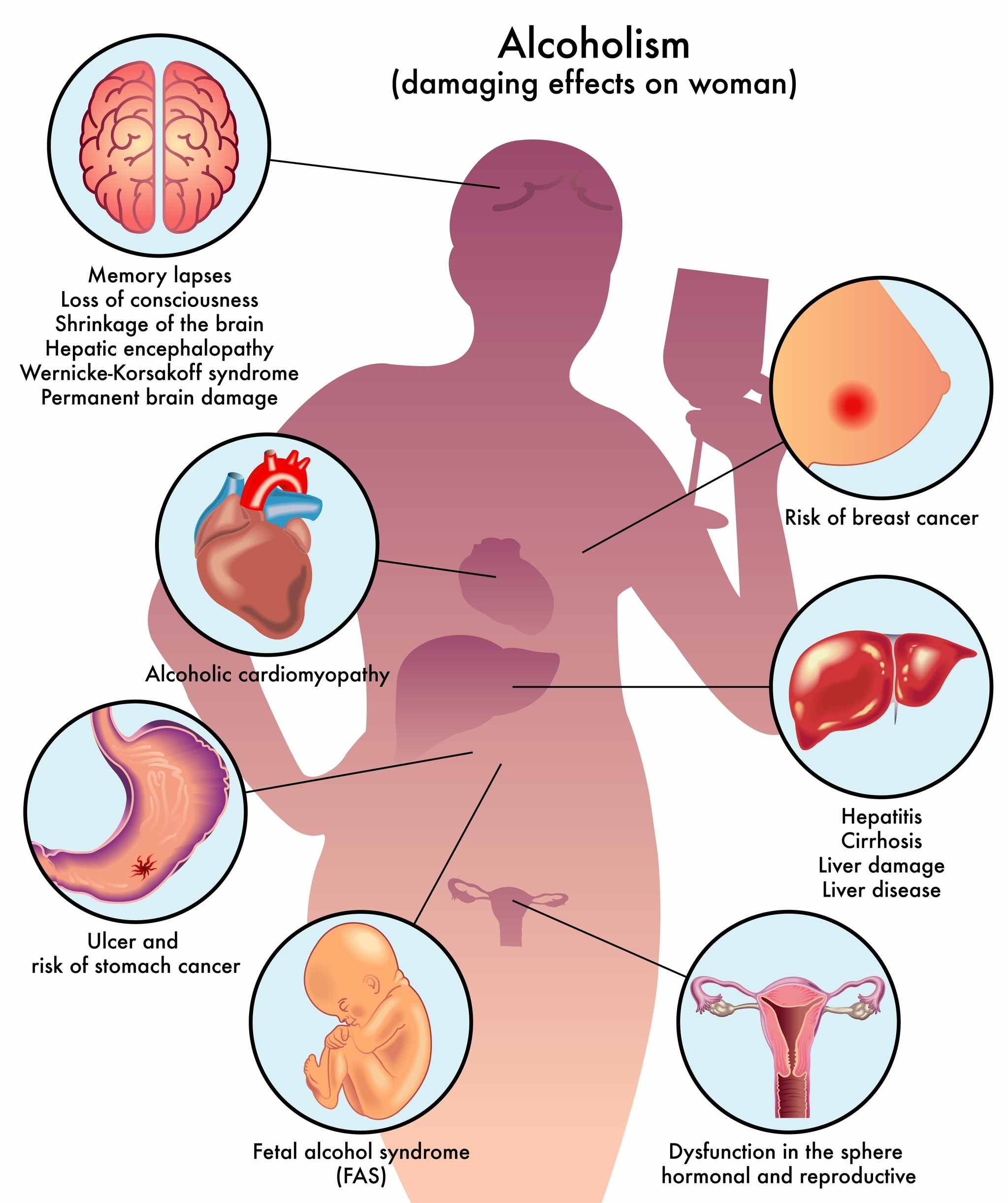Previous studies are somewhat confusing, is alcohol safe, because current research states that there are many benefits to drinking alcohol, and others say we should avoid at all costs.
Is it possible to drink alcohol and avoid unnecessary health risks?
The answer is simple: drink in moderation.
Moderate alcohol consumption, otherwise known as low-risk drinking, is defined as having up to one standard drink, 0.6 fluid ounces of 14 grams of pure alcohol per day for women and two standard drinks per day for men, according to Dietary Guidelines.
More...
A standard drink is equivalent to a 12-ounce serving of regular beer, 5 ounces of wine or 1.5 ounces of distilled spirits. Consuming more than three drinks per day for women and more than four drinks per day for men is considered heavy drinking.
A study published by JAMA Psychiatry in 2017 indicated that “high-risk drinking and alcohol abuse disorder among women has increased by almost 60%.
Moderate drinking can play a role in maintaining a healthy weight and a healthy heart as it can reduce weight gain and the risk of heart disease.
Choosing wine instead of beer or other high-calorie alcoholic beverages can help with weight loss.
As for your heart health, some studies also show alcohol consumption can increase the production of good cholesterol.
Drinking beyond moderation, even sporadically, is unhealthy.
“There are downsides to alcohol that can do damage that far outweighs any benefit".

While some benefits of moderate alcohol consumption may exist, you can’t ignore the dark side of drinking alcohol and the risks are mostly related to heavier alcohol consumption.
However, frequent alcohol consumption can lead to alcoholic disorders and their many consequences, including physical dependence, mental health issues like depression, sleep problems as well as work, family and social dysfunction
According to the American Cancer Society, alcohol consumption is a risk factor for a variety of cancers including mouth, throat, colon, breast and liver. Even moderate alcohol consumption is linked to a 20% increased risk of mouth and throat cancer.
Bear in mind, the cancer risk increases the more you consume.
There’s little harm in enjoying a glass of wine with dinner, but you can protect your health and avoid unnecessary consequences by limiting your consumption.
Heavy alcohol consumption can lead to alcohol dependence or addiction; therefore, drinking in moderation is key if you choose to drink at all.

Excessive alcohol drinking can have long-term physical health risks such as:
- Liver disease
- Heart disease
- Increased risk of cancer, including breast cancer
- Pancreatitis
- Birth defects if drinking alcohol during pregnancy
Ensure you leave adequate time for the alcohol to leave your system, you may still find your are over the safe driving limit during the following morning or day.
On average, it takes about 1 hour for your body to break down 1 unit of alcohol. However, this can vary, depending on:
- your weight
- whether you're male or female
- your age
- how quickly or slowly your body turns food into energy (your metabolism)
- how much food you have eaten
- the type and strength of the alcohol
- whether you're taking medication and, if so, what type
It can also take longer if your liver isn't working normally.

How much is 1 unit of alcohol
1 unit of alcohol is equivalent to 10ml or 8g of pure alcohol. There are roughly:
- 2.1 units in a standard glass (175ml) of average-strength wine (12%)
- 3 units in a large glass (250ml) of average-strength wine (12%)
- 2 units in a pint of low-strength lager, beer or cider (3.6%)
- 3 units in a pint of higher-strength lager, beer or cider (5.2%)
- 1 unit in a single measure of spirits (25ml)
Adding up your units
If you drink a large (250ml) glass of wine, your body takes about 3 hours to break down the alcohol.
If you drink 1 pint of beer, your body takes about 2 hours to break it down, 1 pint of strong lager is equivalent to 3 units, so this will take longer.
However, this time can vary, depending on the factors mentioned above.
If you have a few drinks during a night out, it can take many hours for the alcohol to leave your body.
The alcohol could still be in your blood the next day.
This means that if you drive the day after an evening of drinking, you could be over the legal alcohol limit.
For more information, see How much alcohol can I drink before driving?

